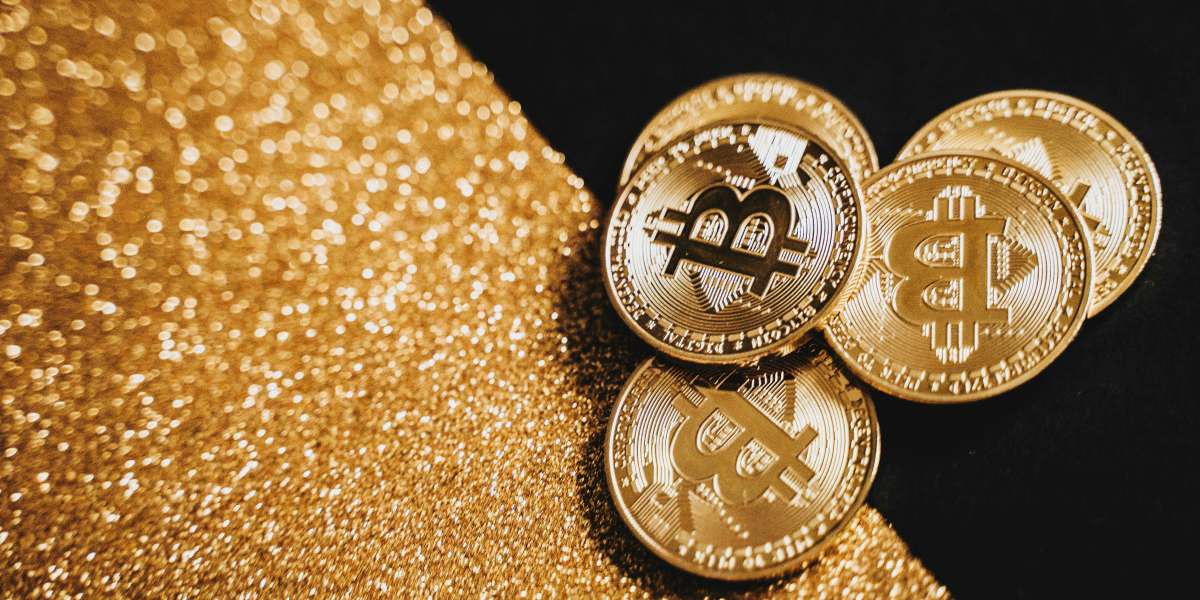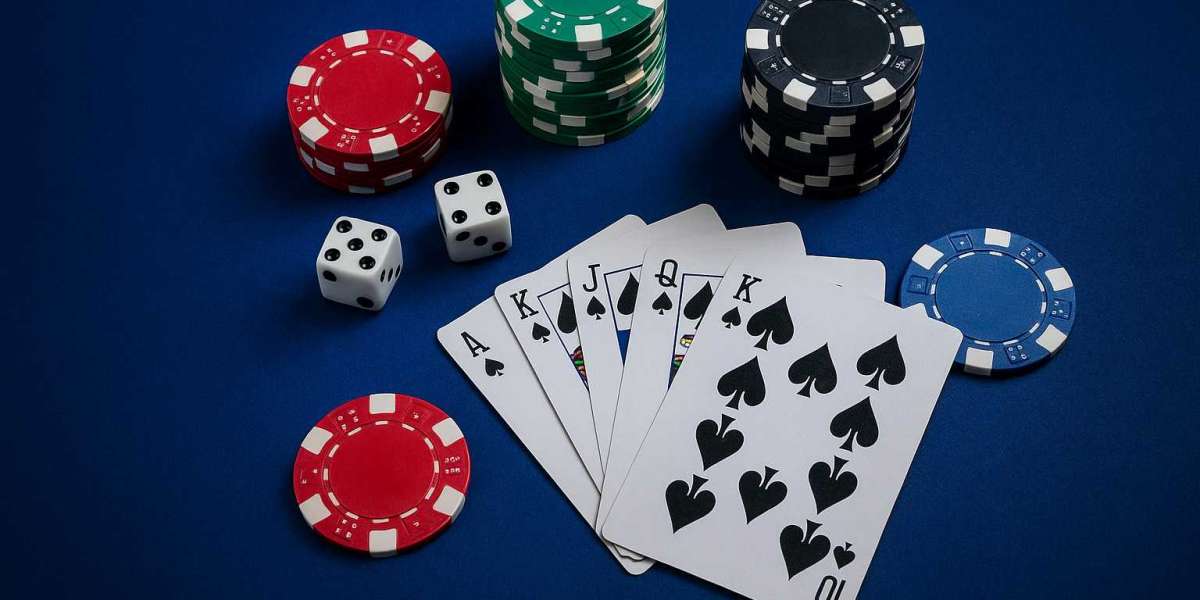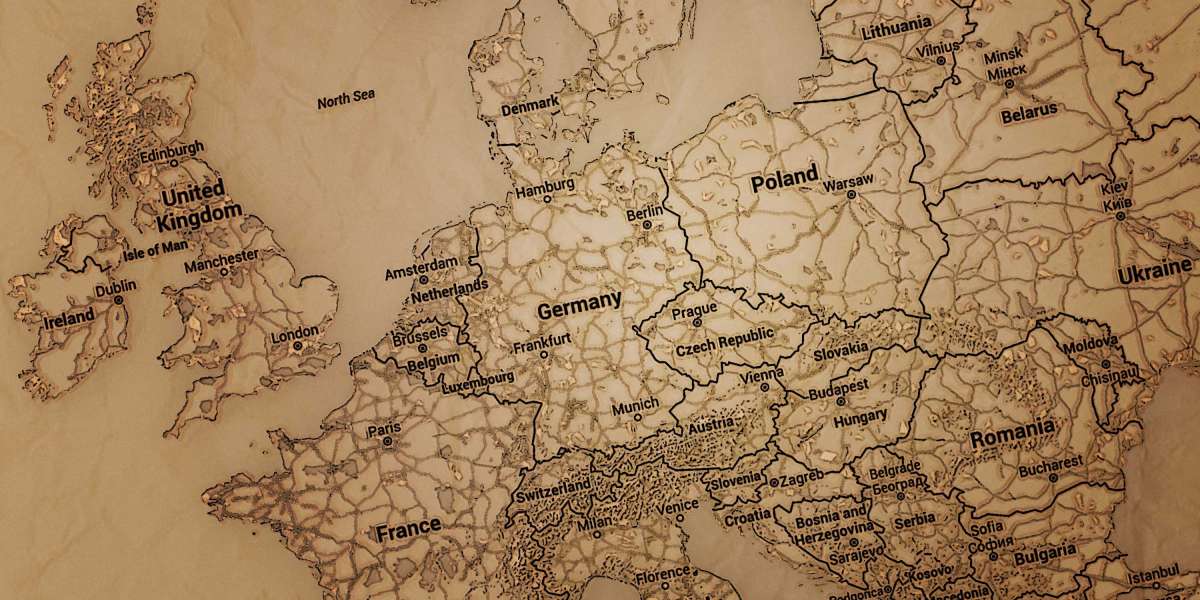The allure of rare coins is timeless. From ancient emperors to modern collectors, coins have passed through the hands of countless generations. Yet only a few of these coins have survived as rare artifacts—objects of immense historical, cultural, and monetary value. They represent vanished empires, changing economies, forgotten rulers, and extraordinary mistakes. In this article, we explore the meaning of rarity in coinage, what drives the value of these metallic treasures, and how anyone can start uncovering the secrets of rare coins.
What Does “Rare” Really Mean?
In numismatics (the study and collection of coins), “rare” refers to scarcity combined with desirability. Not every old coin is rare, and not every rare coin is old. True rarity arises when a coin meets several unique conditions.
Factors That Make a Coin Rare:
Limited Mintage: Coins that were produced in small quantities are naturally harder to find.
Mint Errors: Coins with misprints or manufacturing defects are often one-of-a-kind.
Short Circulation Periods: Some coins were quickly withdrawn or replaced, increasing scarcity.
Survivability: Even if a coin was widely circulated, only a few surviving examples in good condition can make it rare.
Historical Significance: Coins minted during pivotal historical events or political transitions tend to attract more attention.
The balance between supply and collector demand defines a coin’s rarity.
Legendary Rare Coins That Made History
Some coins have achieved fame not just for their value, but for their backstories. These are a few celebrated examples from around the world:
1933 Saint-Gaudens Double Eagle (USA): This $20 gold coin was never officially released. One surviving example sold for over $18 million.
Ancient Roman Denarius of Julius Caesar: Minted before his assassination, these coins hold immense historical weight.
1856 Flying Eagle Cent (USA): A pattern coin that became popular with collectors before official circulation.
1939 One Rupee with Dotted Rim (India): A small design change made this coin rare and highly desirable among Indian numismatists.
Edward VIII Gold Sovereign (UK): Coins from a reign that lasted less than a year, adding both mystery and rarity.
These coins are prized not only for their age or scarcity but also for the stories they represent.
Why People Collect Rare Coins
The world of coin collecting blends personal passion, historical interest, and financial opportunity. People are drawn to rare coins for various reasons:
Historical Discovery: Coins are a direct link to the past. They often tell stories not found in textbooks.
Art and Craftsmanship: Coins showcase the artistic styles of different periods and regions.
Treasure Hunting: There's a thrill in finding a coin that others have overlooked or undervalued.
Investment Potential: Rare coins can increase in value over time, especially those with unique traits or historic relevance.
For some, collecting is a lifelong hobby; for others, it’s a legacy passed down through generations.
Starting Your Journey: How to Collect Rare Coins
Getting started in rare coin collecting doesn’t require expert knowledge or a big budget. With some curiosity and consistency, anyone can enter this fascinating world.
Steps to Begin:
Learn the Basics: Understand coin terminology, mint marks, metals, and grading scales.
Begin with Common Coins: Look through your own change or old family coins. You might already have something special.
Pick a Theme: Some collectors focus on coins by country, time period, or specific rulers.
Research and Compare: Study catalogs, visit museums, and attend coin fairs or exhibitions.
Buy Wisely: Work with reputable dealers and avoid impulsive purchases.
Knowledge is your most valuable tool when starting out.
Coin Grading: Understanding Condition and Value
Condition is crucial in determining a coin's market value. A rare coin in poor shape may be worth far less than a common one in mint condition.
Grading Scale Overview:
Poor (P): Barely recognizable.
Good (G): Worn but identifiable.
Very Fine (VF): Moderate wear with most features intact.
Extremely Fine (EF): Minimal wear with crisp detail.
Uncirculated (UNC): No signs of wear; pristine condition.
Mint State (MS): Flawless coins rated from MS-60 to MS-70.
Professional grading services help ensure fair pricing and reduce the risk of fraud, especially for high-value coins.
Rare Coins as an Investment
In uncertain financial times, many investors look toward tangible assets. Rare coins offer both historical richness and economic potential.
Benefits of Investing in Rare Coins:
Intrinsic and Collectible Value: Some coins hold metal value, while others are collectible due to their rarity.
Steady Appreciation: High-grade rare coins often gain value over decades.
Portability: Unlike real estate or heavy gold bars, coins are easy to store and transport.
Challenges to Be Aware Of:
Authenticity Risks: The market has many forgeries; always verify before purchasing.
Market Volatility: Coin prices can fluctuate with collector demand and global trends.
Liquidity Issues: Selling a rare coin quickly at full value may not always be easy.
Coin investment works best with a long-term strategy and deep understanding of market dynamics.
Indian Rare Coins: A Rich and Diverse Heritage
India has a deep numismatic legacy stretching from ancient dynasties to modern republic issues. Indian coin collectors often seek coins from the following categories:
Mauryan and Gupta Period Coins: Punch-marked and gold coins with cultural and religious imagery.
Mughal Coins: Featuring elegant calligraphy and depictions of emperors.
British India Coins: Rare due to mint errors or limited production during colonial rule.
Post-Independence Errors: Misprints, missing symbols, or rare metal combinations in modern coins.
Even coins from the late 20th century can hold value due to unique features or limited circulation.
Preserving Your Rare Coin Collection
Proper care ensures that your coins retain their value and beauty over time.
Preservation Tips:
Use Coin Holders: Store coins in non-reactive holders or capsules.
Avoid Touching the Surface: Oils and dirt from hands can damage the finish.
Do Not Clean: Cleaning can reduce both the condition and value of coins.
Store in Controlled Conditions: A dry, cool environment prevents oxidation and tarnish.
Documentation is also important—keep detailed records of your acquisitions, including origin, date, condition, and any certification.
Conclusion
Rare coins offer more than monetary gain—they bring you closer to the past, connect you to global heritage, and offer a fulfilling personal pursuit. Whether you find your first coin in an old drawer or acquire it from a global auction, the world of rare coins is full of endless fascination. With patience, knowledge, and care, anyone can unlock the stories hidden in these timeless pieces of metal.














